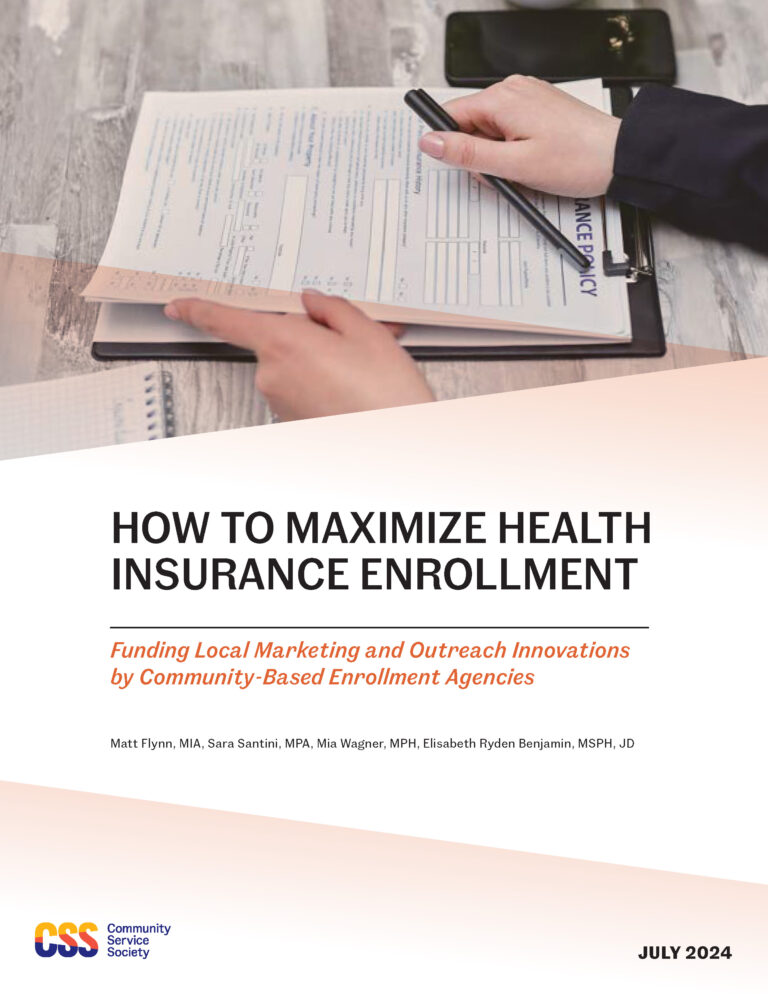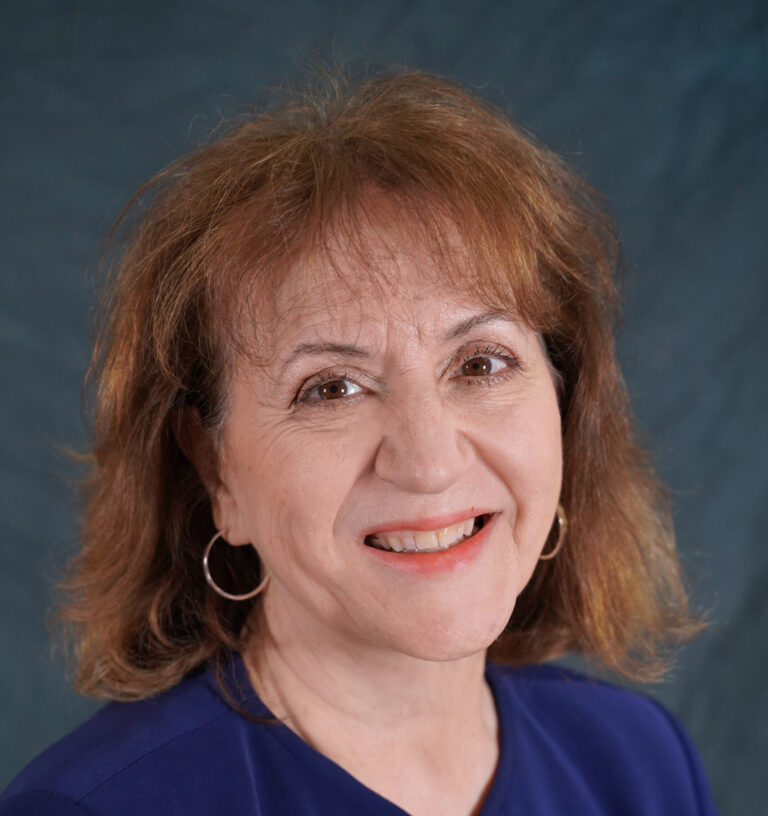This story originally appeared in our 2022 annual report.
When COVID-19 arrived in the U.S. in 2020, the federal government declared a Public Health Emergency (PHE) to address the catastrophic impact of the pandemic.
Part of that declaration was waiving the annual renewal requirement for people in public health insurance programs. If you were enrolled, you stayed enrolled. As pandemic-related unemployment soared and millions of people needed public health coverage, this was an important change.
But as the country’s response to the pandemic evolved, advocates knew these beneficial provisions would eventually end. By spring 2023, the federal government set an end date for the provision that waived the annual renewal process.
In New York alone, nearly 9 million people were at risk of losing coverage.
Fortunately, community advocates had a head start on reaching those people. Through the Health Foundation for Western & Central New York’s Reaching the Five Percent program, or R5, advocacy organization Community Service Society of New York (CSSNY) had already built a strong network of community organizations with proven success in helping people enroll in health insurance.
R5 was based on the findings of a Health Foundation 2019 report by the same name that investigated why New York was home to nearly one million people who were eligible for coverage but uninsured.
From March through May 2022, R5 partners reached 1,128,075 individuals.
In anticipation of the end of the PHE, a collaboration called Keep New York Covered was formed that built on the strengths and infrastructure of R5. This consortium of funders from across the state, in partnership with CSSNY, complements the state-funded navigator program and extensive outreach led by the New York State Department of Health to address the end of the PHE.
For Elisabeth Benjamin, Vice President of Health Initiatives at CSSNY, this initiative and R5 demonstrate the power of cultivating community relationships in improving health coverage rates and outcomes.
“We knew there were a lot of people who would need to be reached with this information, and those people have specific needs—they may have disabilities, they may not speak English as a primary language. It was important to rely on the trusted expertise of the organizations who serve them,” said Elisabeth. “This was an opportunity to take what we had learned from R5 and work out a solution to this problem together. R5 showed that this model is helpful both in the long run but could also yield great results in this watershed moment when so many people need to be engaged in so little time.”
“Our partners at the Department of Health knew that this was an ‘all hands on deck’ moment, and that the conditions were right to collaborate,” said Avital Havusha, Vice President for Programs at the New York Health Foundation.
By the end of 2022, seven funders had signed on to contribute a cumulative $1.4 million to support Keep New York Covered: New York Health Foundation; United Hospital Fund; New York Community Trust; Greater Rochester Health Foundation; Altman Foundation; Health Foundation for Western and Central New York; and Mother Cabrini Health Foundation.
After a robust response to CSSNY’s request for proposals in 2022, 28 outreach projects from community organizations were selected. These projects employ a range of tested strategies such as texts and phone calls, door-to-door outreach, presentations, social media and videos, and radio and TV announcements. See the list of funded organizations here.
“Having high rates of health insurance is an anchor of healthy communities,” said Avital. “The United States used the challenging moment of the pandemic to help get more people covered. This is an opportunity make sure we don’t lose the gains we’ve made.”
Read more about the Health Foundation’s advocacy work here.
Help spread the word to your community—share New York State’s toolkit on keeping people covered.



